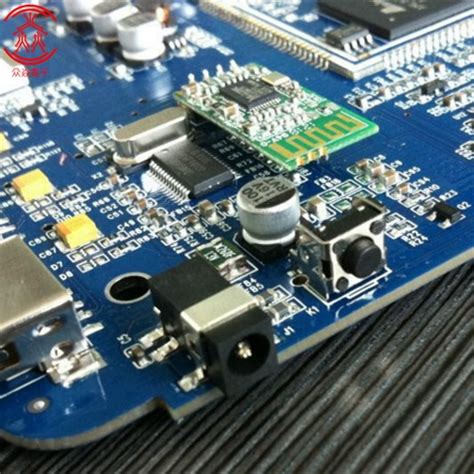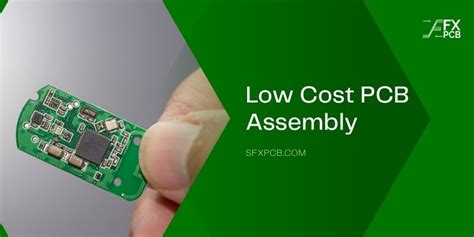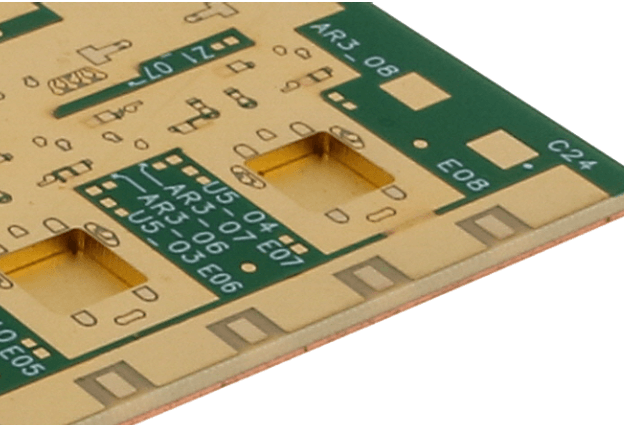Is there a difference between gold plating and silver plating on PCB?
01 Which is more noble? Revealing the secrets of PCB colors
Many DIY players will find that the PCB colors used in various board products on the market are dazzling. The more common PCB colors are black, green, blue, yellow, purple, red and brown. Some manufacturers have also developed PCBs of different colors such as white and pink ingeniously.
In the traditional impression, black PCBs seem to be positioned at the high end, while red, yellow, etc. are low-end special. Is that the case?
The copper layer of the PCB without solder mask is easily oxidized when exposed to the air
We know that the copper layer is on both sides of the PCB.
In the production of PCB, whether the copper layer is manufactured by the additive method or the subtractive method, a smooth and unprotected surface will be obtained in the end. Although the chemical properties of copper are not as active as aluminum, iron, magnesium, etc., pure copper is easily oxidized when it comes into contact with oxygen in the presence of water; because there is oxygen and water vapor in the air, the pure copper surface will quickly undergo oxidation reaction after contacting with air. Since the thickness of the copper layer in the PCB is very thin, the oxidized copper will become a poor conductor of electricity, which will greatly damage the electrical performance of the entire PCB.
In order to prevent copper oxidation, to separate the soldering part and the non-soldering part of the PCB during soldering, and to protect the surface of the PCB, engineers invented a special coating. This coating can be easily applied to the surface of the PCB to form a protective layer with a certain thickness and block the contact between copper and air. This coating is called a solder mask, and the material used is solder mask paint.
Since it is called paint, there must be different colors.
Yes, the original solder mask paint can be made colorless and transparent, but for the convenience of maintenance and manufacturing of PCB, it is often necessary to print small text on the board. Transparent solder mask paint can only reveal the base color of the PCB, so whether it is manufactured, repaired or sold, the appearance is not good enough. Therefore, engineers added various colors to the solder mask paint, and finally formed a black or red or blue PCB.

02 It is difficult to see the traces on the black PCB, which brings difficulties to maintenance
From this point of view, the color of the PCB has nothing to do with the quality of the PCB. The difference between black PCB and other color PCBs such as blue PCB and yellow PCB is the different color of solder mask applied at the end. If the PCB design and manufacturing process are exactly the same, the color will not have any effect on the performance or heat dissipation.
Regarding black PCB, since its surface traces are almost completely covered, it causes great difficulty for later maintenance, so it is a color that is not very convenient to manufacture and use. Therefore, in recent years, people have gradually reformed and abandoned the use of black solder mask, and turned to dark green, dark brown, dark blue and other solder mask, the purpose is to facilitate manufacturing and maintenance.
At this point, everyone has basically understood the problem of PCB color.
As for the saying that “color represents high-end or low-end”, it is because manufacturers like to use black PCB to manufacture high-end products, and use red, blue, green, yellow and other products to manufacture low-end products. In short, the product gives the color meaning, not the color gives the product meaning.

03 What are the benefits of using precious metals such as gold and silver on PCB?
Now that the color is clear, let’s talk about the precious metals on PCB! When some manufacturers promote their products, they will specifically mention that their products use special processes such as gold plating and silver plating. So what is the use of this process?
If components need to be soldered on the surface of the PCB, a part of the copper layer must be exposed for soldering .
These exposed copper layers are called pads, which are generally rectangular or circular and have a small area. In the above, we know that the copper used in PCBs is easily oxidized, so after applying solder mask, the only thing exposed to the air is the copper on the pad.
If the copper on the pad is oxidized, it will not only be difficult to solder, but also the resistivity will increase greatly, seriously affecting the performance of the final product. Therefore, engineers have come up with various ways to protect the pad. For example, plating inert metal gold, or covering a layer of silver on the surface through a chemical process, or covering the copper layer with a special chemical film to prevent the pad from contacting the air.
The exposed pad on the PCB has the copper layer directly exposed to the outside. This part needs to be protected to prevent it from being oxidized
From this perspective, whether it is gold or silver, the purpose of the process itself is to prevent oxidation and protect the pads, so as to ensure the yield rate in the subsequent welding process.
However, the use of different metals will put forward requirements for the storage time and storage conditions of the PCB used by the production factory. Therefore, the PCB factory generally uses a vacuum plastic sealing machine to package the PCB after the PCB production is completed and delivered to the customer for use, to ensure that the PCB is not damaged by oxidation to the maximum extent.
Before the final component is soldered on the machine, the board manufacturer must also test the oxidation degree of the PCB once, remove the oxidized PCB, and ensure the yield rate. The board that the final consumer gets has passed various tests. Even if it is oxidized after long-term use, it will almost only occur at the plug-in connection part, and it has no effect on the pads and components that have been soldered.
Since the resistance of silver and gold is lower, will the heat generated by the PCB during use be reduced after the use of special metals such as silver and gold?
We know that the biggest factor affecting the heat generation is resistance. Resistance is related to the material of the conductor itself, the cross-sectional area of the conductor, and the length. The thickness of the metal material on the pad surface is even much less than 0.01 mm. If the pad is treated with OST (organic protective film), there will be no extra thickness at all. The resistance shown by such a small thickness is almost equal to 0, or even impossible to calculate, and of course it will not affect the heat generation.







